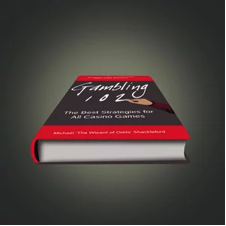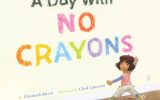Nielsen BookScan counts book sales at checkout by tracking ISBNs. A clerk scans the barcode and sales are recorded. Quite simple. So why can it be inaccurate? In fact, BookScan only tracks sales of printed books. Amazon and other major e-book providers do not publish e-book sales, so they actually have no idea how these sell (third-party publishers tracking their own sales). E-book sales vary widely from book to book (and genre to genre), but are usually less than 1/3 of sales. For certain genres, especially science fiction and romance, e-books can be up to 50% or more.
BookScan can only do so much for printed books. BookScan retrieves data from most major bookstores (including Amazon and Barnes & Noble), but not all. Nor does it track sales of libraries – which can be significant – or sales that are not through a bookstore. BookScan itself claims to track 75% of print sales, and this may generally be the case. For a popular fictional literary title with a small percentage of library or retail sales, BookScan is likely to receive at least 75% or more of print sales. With other types of books, BookScan can only record 25% of print sales. For example, small press books can sell most of their copies at conferences, book festivals and direct sales on the publisher’s website or at lectures. BookScan lacks all of this.
After all, BookScan was first introduced in 2001, so the numbers are completely inaccurate for books published before the millennium. (I’ve seen people inadvertently complain about Infinite Jests’ small sales compared to, for example, some of the latest bestsellers.) BookScan still does a good job of showing general industry trends and seeing which books do better than others. . But keep in mind that total book sales can be twice as high as any number listed.
How much money does an author earn per. Sales?
Suppose you bought a book (like, oh, what about Lincoln Michael’s upright animals), how much would the author earn? Fees for authors vary, but the industry standard is approx. 8% cover price for paperback and 10% for hardcover (goes up to 15% if sales are good). E-books with variable prices make up 25% of the publisher’s choice. As a writer, I would love it if these prices were higher, but I think it’s important for writers to understand that most of the cover price does not go to the publisher. Just over 50% of the cover price goes to the retailer who sells books to customers and to the retailer who carries the books to retailers. There is much to be said about whether the publication model could be more effective if intermediaries could be omitted, etc. Etc. But when certain corners of the writing world – such as certain self-publishing ideologues – scream about how publishers scrape writers and take 90% of the pie, that’s not true.
Do not most writers make money selling?
Correct. Most authors do not make money from actual book sales because most books do not “earn” their “edge”. Traditionally published authors are paid in advance before a book is published. This “payout” is money given in advance to the author from future royalties so that the author can buy the windows and pay the electricity bill back. “Earn” means that the book has sold enough copies to match the total royalty of the advance (not the total sale), giving the authors some (probably small) money for any subsequent sale.


